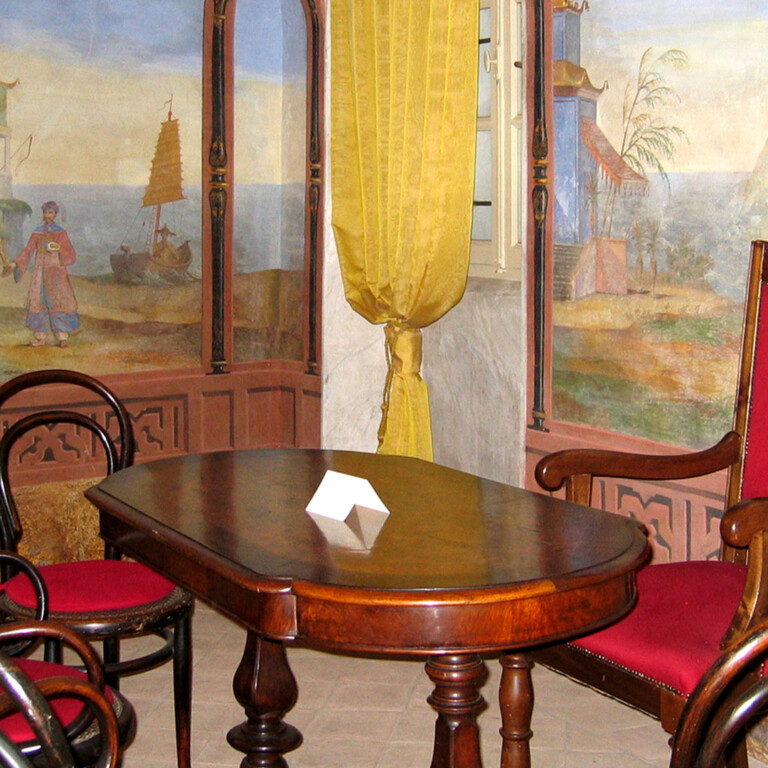Villa / House Museum / Historic House
VILLA VIDUA
 included
includedThe 18th-century villa of the lords of Conzano, superimposed on an original 15th-century structure, is located in the highest part of the town's historic core. The designer of the 18th-century work is still unknown, but a 19th-century exchange of letters between Carlo Vidua and the famous Casalese architect Luigi Canina suggests that he was involved in the building. Much of the building's charm lies in the façade characterised by the presence of loggias. The interior of the villa is rich in frescoes, most of which were painted by Antonio Ivaldi di Acqui, known as the Muto. Of great value and charm are the scenes of an oriental setting in the Chinese hall. When the property ceased to be owned by the noble lords, the building was used as a nursery school by the parish until the 1970s, before becoming municipal property in 1996.
The ground floor of the villa has a series of rooms with ceilings decorated in 19th-century taste; originally the ceilings were coffered, as can still be seen in the dining rooms. The paintings are attributed to the painter Colombini.On the first floor, the aforementioned Chinese room is noteworthy, a small space finely decorated with oriental scenes. According to the 19th-century historian Niccolini, these frescoes are due to the 'Muto', or Pietro Ivaldi, a painter from Acqui.Recently, a room on the first floor of the Villa was dedicated to the recently deceased artist Enrico Colombotto Rosso, where works donated by him to the municipality are displayed in rotation. Villa Vidua is the fulcrum of the municipality's cultural initiatives, with high-level art exhibitions, attractive displays and conferences.















